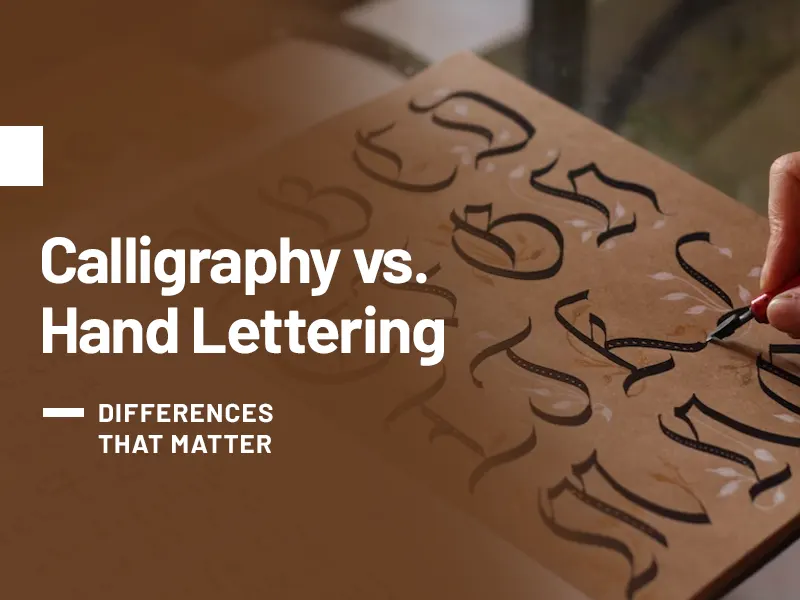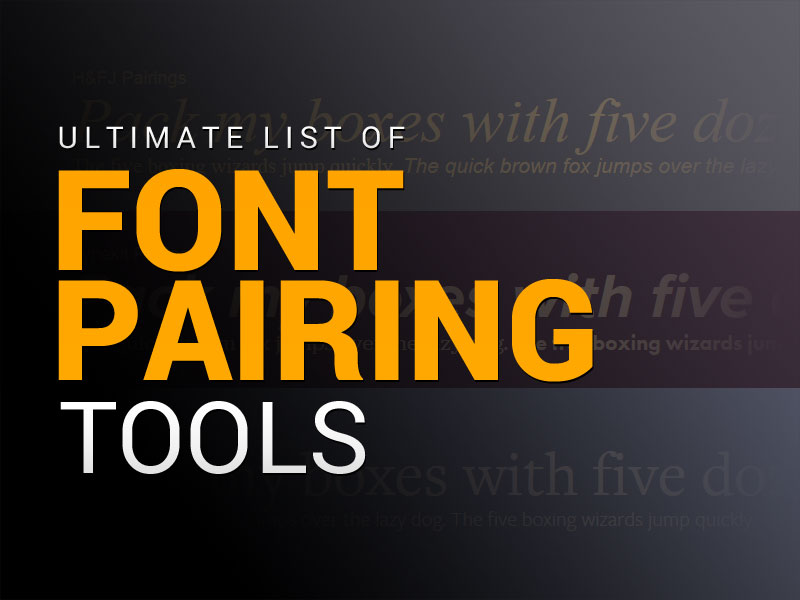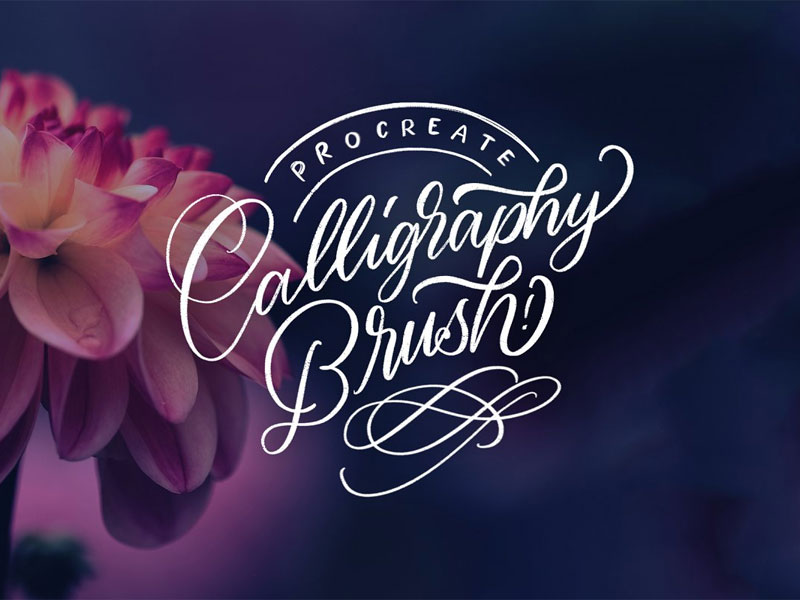If you are new to calligraphy, you will probably be too absorbed to learn the nuances of the art form. The sheer number of calligraphy styles, fonts, and letters can be confusing. You may also struggle with the basic strokes, let alone the complex upstrokes and downstrokes. Further, you may lose the way of handling a toolkit of dip pens, fountain pens, nibs, and brushes. It is easy to miss out on concepts like hand lettering and typography as a new calligrapher.
As a beginner, you can be in a good place by understanding the difference between calligraphy and hand lettering. Whether you want to pursue this art form as a passion or a money-making opportunity, knowing it inside out helps. While both calligraphy and hand lettering are art forms, they have distinguishable differences when it comes to methods. You can dig deep by reading resources and tutorials on both.
Let us highlight the differences that matter.
Beginning With the Basics
For a new calligrapher, calligraphy and hand lettering are interchangeable terms, but experts understand the difference. Calligraphy is the art of beautiful handwriting, while hand lettering is about drawing and illustrating the letters. The difference lies in the process rather than the end result. Let us begin with the basics and explain both concepts in detail.
What is Calligraphy?
Calligraphy refers to drawing thin and thick lines using a dip pen and ink. The calligrapher uses a nib with varying degrees of pressure and draws lines in single strokes. The technique requires the rote practice of different styles, discipline, and muscle memory. It is about creating smooth lines in learned fluid strokes rather than sketching the letters beforehand. You can switch between different calligraphy fonts, play with spacing, and consider the appropriate flourishes.
According to Creative Market, experimenting with different fonts sets you up for success as a professional calligrapher. The best part is that you can learn calligraphy as you go, just by experimenting as much as possible. You can try styles ranging from soft letterforms to ancient Gothic styles and sharp and spiky lettering styles. Switching between pen calligraphy and brush calligraphy is also an option. The more you experiment with the styles of calligraphy, the better you get at this art form.
Calligraphy Tools
Depending on the calligraphy scripts you choose, you will need the following tools to practice modern calligraphy:
- Dip pens
- Brush pens
- Flat nib pens
- Pointed pens
- Fountain pens
- Erasers
Besides these standard tools, you may use a ballpoint pen, marker, or chalk for faux calligraphy. Using the right strokes and styles can give excellent results. When you are sourcing the best fountain pens, brush pens, erasers, etc., make sure to check out reviews so that you get the best for your calligraphy. You do not want to be spending even more money to replace bad ones.
What is Hand Lettering?
Hand lettering involves drawing letters using strokes instead of typing them. With this technique, you work with a sketch or an underdrawing. Further, you have more flexibility as you can use different script types and letter heights within a single word or sentence. You can even warp, change, or stretch letters to fit the design.
Hand lettering artists have unique styles and create an alphabet for specific projects instead of using a cookie-cutter style or approach. Although hand lettering does not follow strict rules regarding line thickness, spacing, typefaces, and height, it still follows fundamentals such as balance, readability, composition, and letter structure. Additionally, hand lettering is ideal for large projects such as chalkboards and other signage.
Hand Lettering Tools
Here are the tools you need to invest in while learning the hand lettering skill:
- Pencil
- Paper
- Markers
- Ruler
Understanding the Difference
Now that you know the basics of calligraphy and hand lettering, you must dig deep into the differences between the two. Here are a few ways they differ:
Execution
Execution is the main difference between these two art forms. Calligraphy follows certain rules, specifically when it comes to styles like Gothic, Chinese, and Copperplate calligraphy. Letters have a fixed size, depending on the type of script and the nib size. Conversely, hand lettering is a free-form art that lets you change the script types, letter sizes, and pretty much everything.
Method
Secondly, calligraphy is the traditional method of writing letters, while hand lettering is about drawing them. With calligraphy, you draw lines (upstrokes and downstrokes) in one fluent motion, which is different from hand lettering, where you write over an underdrawing.
Usage
Usage is another factor to consider when checking the differences between the two. While calligraphy applies to longer texts and writing letters, hand lettering and brush lettering are apt for logos, headlines, and short illustrated sentences.
FAQs
Is calligraphy different from lettering?
Yes, calligraphy differs from hand lettering in terms of the rules for execution, methods, tools, and usage.
What is unique about calligraphy?
Calligraphy is about using smooth strokes for beautiful writing. While it is a popular art form, the variations make it unique. You can try traditional calligraphy or opt for modern styles. You can play with upstrokes, downstrokes, italics, and cursive styles. Moreover, there are multiple calligraphy fonts to experiment with. You can even try watercolors for calligraphy.
Why do people love calligraphy?
Besides being a way to create beautiful writing, calligraphy is relaxing and therapeutic. You can use it for writing event invitations, creating graphic designs, or even penning down your thoughts in your journal.
Wrapping Up
Both calligraphy and hand lettering are aesthetic art forms. But they are different in many ways. You must understand the difference between them to use them in the right context. This checklist can help beginners choose between the two and start their journey on the right note.







